Different ways to photograph Jupiter, Moon or nebulae
Jupiter imaging season is at it full swing while Moon isn't going anywhere either. There are less known ways to photograph those objects, that I want to explore here.
First of all Jupiter system contains sodium and sulfur clouds created by material escaping Io and interacting with Jupiter magnetosphere. Those clouds
can be photographed with proper narrowband filter while having Io or the whole Jupiter system in the field of view - it doesn't have to be a very high resolution, you want to have some field of view and the emission isn't that bright. Sulfur in the torus can be photographed with the [S II] standard narrowband filter while sodium clouds require a 589nm narrowband filter (which also can be used as He I 587nm DS narrowband filter). The emission is faint so Jupiter may make it bit hard to capture without it outglowing everything else. You could try imaging when Io is furthest away from Jupiter to keep the planet out of view or try some processing to counter it.
Such images could be used to visualize activity of the Io-Jupiter interactions or detect events of increased activity.

Let's talk about the Moon. IR/red longpass filters are good for getting a crisp image, some may even try getting some color out of the Moon, but there is another way, based on what scientists use to study it and other rocky
objects. Using a set of 5 wide bandpass filters you can do some petrographic imaging that produces two false color images showcasing surface composition and age. This require a camera that performs well in infrared (low noise, no patterns).
Maturation ratio image:
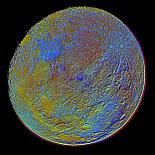
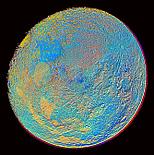
Mafic and maturation ratio images, C11; f/10; UI-1245LE-M-GL:
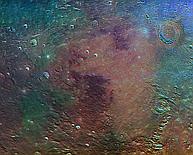
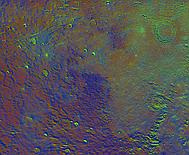
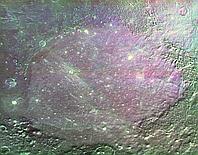
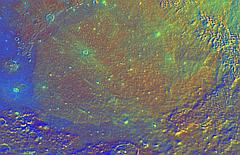
Custom filters can be found in Bjomejag/OmegaOptical ebay shops but also in stores like Thorlabs and Edmund Optics. Astro filter provider Chroma often also can provide such filters (and potentially others like Optolong?).
And if we are in the topic of narrowband filters there are also some nebulae emission lines that can be covered by few custom filters. First of all we have neutral oxygen or [O I] at 630 nm which is a different thing than [O III]. This filter can also be used on comets. I've also mentioned He I at 587nm, which is quite fragile to sodium lamp light pollution. Less practical, but potentially interesting is [Ar III] far into IR at 713 nm or [Ne III] in UV at 386 nm.
Those more exotic bands can be used when photographing planetary nebulae, Wolf Rayet related nebulae, Crab nebula and alike, not for typical hydrogen clouds nebulae.
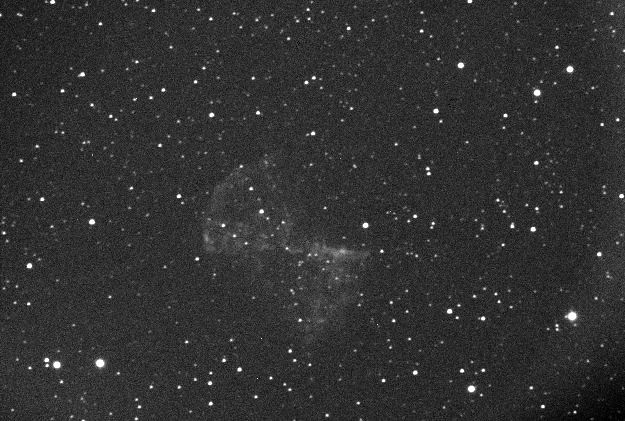
Quick [O I] test on M27
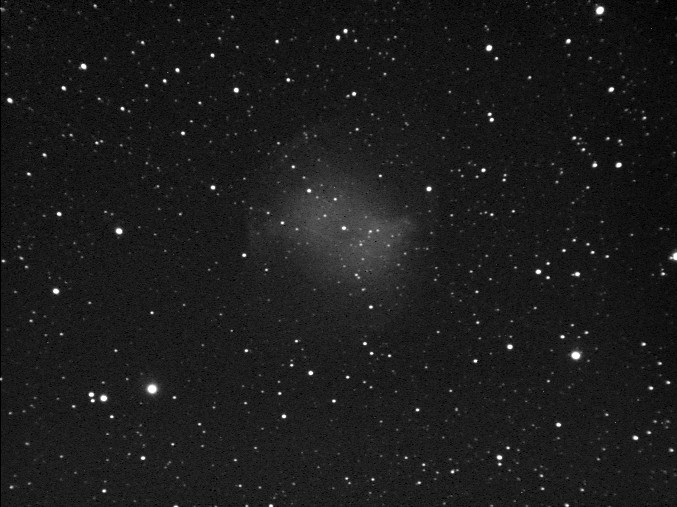
M27 in He II band
Comment article